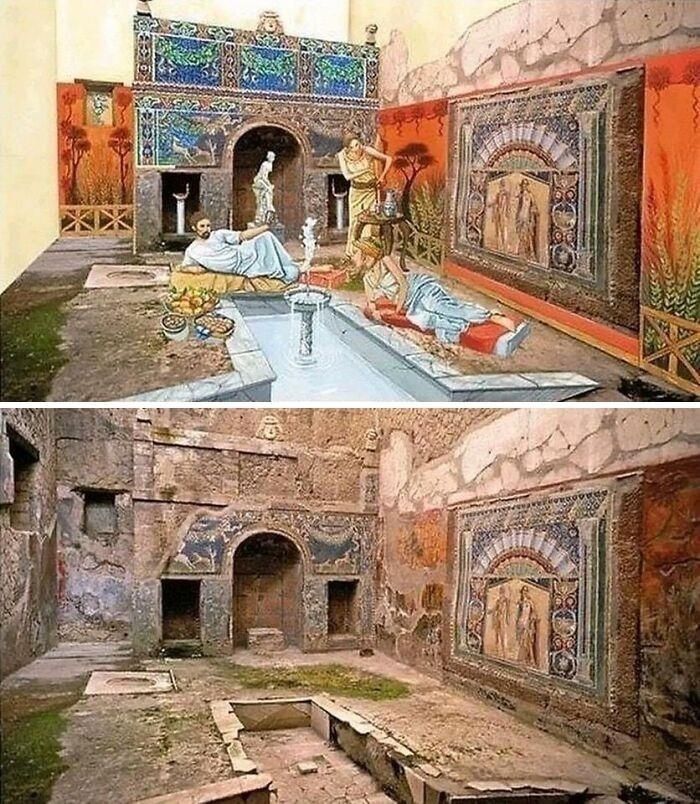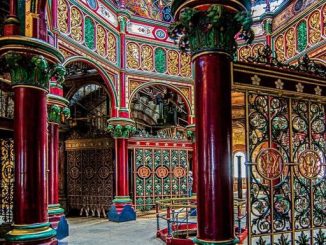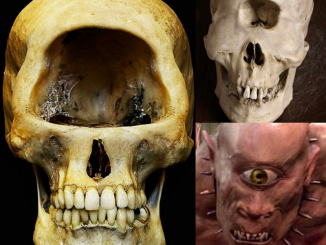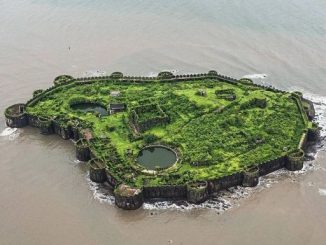
The eruption of Mount Vesuvius in 79 AD is infamous for its destruction of Pompeii, but another ancient Roman town, Herculaneum, also fell victim to the volcano’s wrath. Located near modern-day Naples, Italy, Herculaneum was buried under 66 feet of volcanic ash, preserving its streets, buildings, and artifacts for nearly two millennia. In this blog post, we will explore the story of Herculaneum, its tragic fate, and the ongoing archaeological efforts to uncover its secrets.
The Story of Herculaneum
- Life in Herculaneum Before the Eruption: Herculaneum was a bustling Roman town with a population of around 4,000 people at the time of the eruption. Situated on the Bay of Naples, it was a prosperous seaside resort favored by wealthy Romans who built luxurious villas overlooking the sea. The town boasted elegant public buildings, vibrant street life, and a thriving economy supported by trade and agriculture. Herculaneum was also known for its thermal baths, which attracted visitors seeking relaxation and healing.
- The Catastrophic Eruption of Mount Vesuvius: On the morning of August 24, 79 AD, Mount Vesuvius erupted with catastrophic force, sending a towering column of ash and volcanic debris into the sky. The eruption unleashed a deadly combination of pyroclastic flows, ash clouds, and volcanic gases that engulfed Herculaneum and Pompeii, burying the towns under a thick layer of volcanic material. Unlike Pompeii, which was buried primarily by ash and pumice, Herculaneum was engulfed by a superheated mudflow known as a pyroclastic surge, which preserved many of its structures and artifacts in astonishing detail.
- Rediscovery and Excavation: Herculaneum remained buried and largely forgotten for centuries until its rediscovery in the 18th century. Excavations began in the mid-18th century, uncovering a wealth of remarkably preserved buildings, artworks, and everyday objects. The excavations revealed a snapshot of life in ancient Rome, offering insights into everything from urban planning and architecture to social customs and daily life. Among the most significant discoveries were the luxurious villas of Herculaneum’s elite, adorned with exquisite frescoes, mosaics, and sculptures.
- Ongoing Archaeological Discoveries: Despite centuries of excavation, much of Herculaneum remains buried beneath the modern town of Ercolano, presenting ongoing challenges and opportunities for archaeologists. Recent excavations have focused on uncovering new areas of the town and applying advanced scientific techniques to study the preserved remains. These efforts have yielded remarkable discoveries, including the Villa of the Papyri, a sprawling villa complex filled with thousands of ancient scrolls. As archaeologists continue to peel back the layers of Herculaneum’s history, they uncover new insights into the ancient world and the catastrophic events that shaped it.
Preserving the Legacy of Herculaneum
In conclusion, the story of Herculaneum serves as a poignant reminder of the power of nature and the fragility of human civilization. The town’s tragic fate at the hands of Mount Vesuvius is a testament to the unpredictability of volcanic activity and the devastating consequences it can unleash. Yet, Herculaneum’s preservation beneath layers of volcanic ash has provided archaeologists with a unique opportunity to glimpse into the past and unravel the mysteries of ancient Roman life. As excavations continue and new discoveries are made, Herculaneum remains a symbol of resilience and perseverance, offering valuable lessons about the resilience of the human spirit in the face of adversity.


